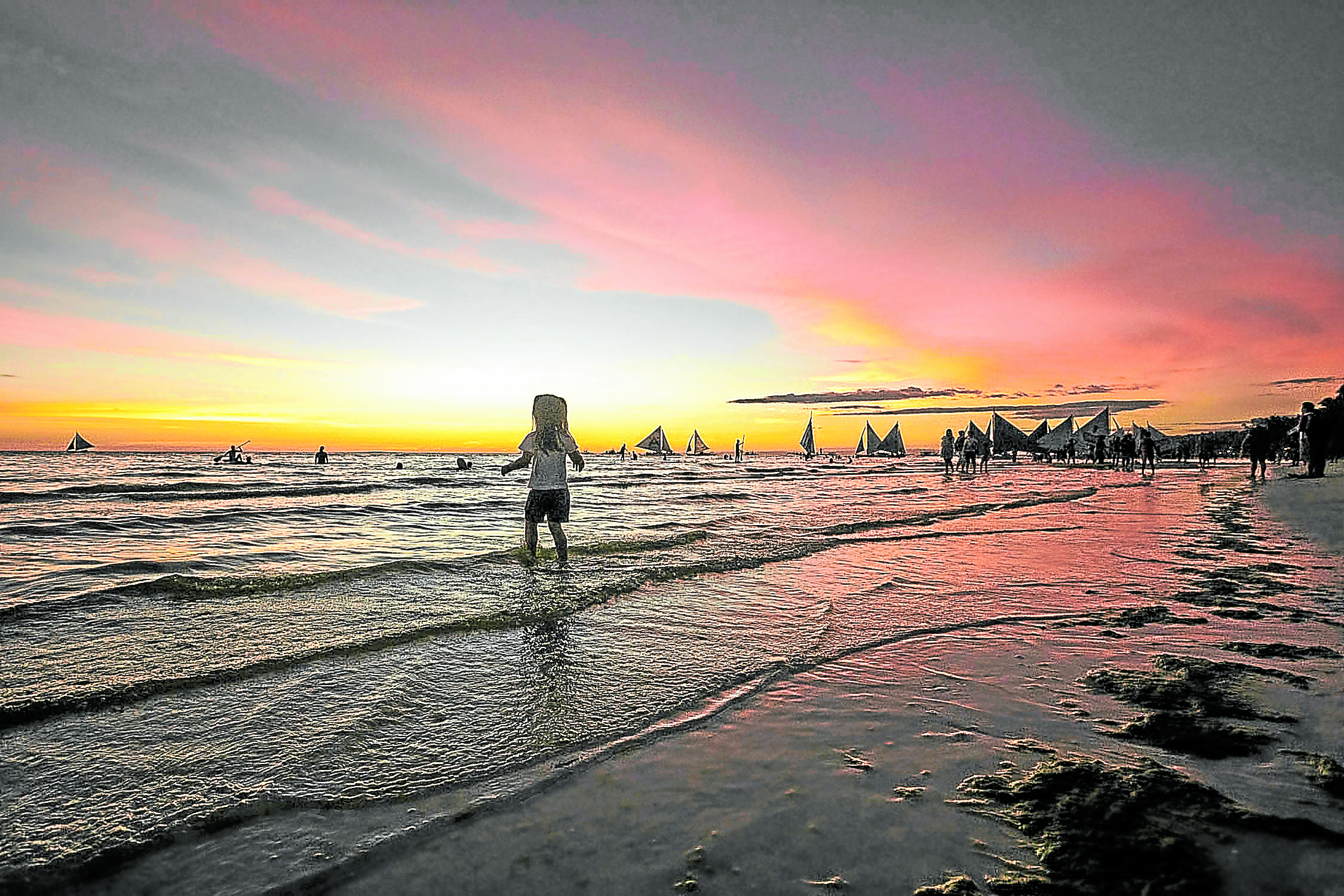A staggering P4.7 trillion.
This was how massive the contribution of the Philippine travel and tourism industry was to the country’s economy in 2019—along with supporting 24 percent of total employment (equivalent to 10 million jobs) and recording a whopping P599 billion in international visitor receipts.
Despite the promising numbers, the travel and tourism industry is now facing an unprecedented blow, an uncertainty caused by the deadly COVID-19 pandemic, which have ground many businesses to a halt globally and caused the closure of borders and suspension of international travel. Airplanes are on the ground, hotels have temporarily ceased operations while companies and livelihoods catering to this industry have suddenly found themselves out of business.
No matter that the Philippines has so much to offer—with its stunning, pristine destinations, exotic cuisine and incomparable Filipino hospitality. The reality is, travel and tourism is one of the industries worst hit by this deadly global health crisis.
Tourism Secretary Bernadette Romulo-Puyat, however, offers a silver lining for the Philippine travel and tourism industry. Knowing all too well the devastating impact of COVID-19 on businesses, Romulo-Puyat has long started rolling out key measures and policies that will help the beleaguered industry get back on its feet at the soonest possible time.
Adapting to new normal
“How we will succeed as an industry in a post-lockdown era will largely depend on how we will be able to adapt to the new normal. Needless to say, safety will now be the paramount concern of our visitors,” Romulo-Puyat said in an e-mail interview with the Inquirer.
According to the tourism chief, the Department of Tourism issued last week Memorandum Circular No. 2020-002, which provides updated health and safety protocols in the operation of accommodation establishments under the new normal scenario. It indicated a number of significant changes in the country’s frontline tourist services, specifically in the areas of guest handling; reception and concierge; rooms and housekeeping; food and beverage service; kitchen sanitation and disinfection; public areas; hotel and transport service; engineering and maintenance service; business practices and management; and suppliers of goods and services.
“The DOT is also finalizing the guidelines for tourist destinations, transport services, among others. In summary these guidelines will ensure that we are responsive to the changes brought about by the pandemic,” Romulo-Puyat said.
These guidelines include regular sanitation/disinfection of accommodations (hotels, resorts, etc.), tourist transport services, and tourism-related establishments such as meeting and exhibit venues, restaurants, spas, and the like; provision of sanitation/disinfecting devices, including PPEs, for tourism workers; implementation of physical distancing measures for tourist transportation and limiting the customer capacity of accommodation and tourism-related enterprises; as well as contactless transaction requiring the adoption of technology and other digital platforms for use in reservation, registration, check-in, and settlement of accounts or bills.
“We also launched the DOT Online Learning Program in April and has since staged various modules in 16 sessions on topics ranging from the Filipino Brand of Service to the Asean Toolbox on Tourism that have been viewed by over 1 million people,” she added.
Recovery plan
Key to the eventual recovery of the Philippine travel and tourism industry is a sound, well-planned recovery plan which the DOT has already laid out.
“Pursuant to the Bayanihan to Heal as One Act or Republic Act No. 11469, we are looking at industry recovery through the development and implementation of the Tourism Response and Recovery Plan (TRRP) via the Philippine Economic Stimulus Act (Pesa),” Romulo-Puyat said.
Of the proposed P1.3-trillion postpandemic stimulus package, P58 billion will reportedly be allocated for the TRRP to help revive the Philippine tourism sector, which is currently reeling from the massive losses caused by COVID-19.
The TRRP, crafted in coordination with the Tourism Congress of the Philippines, outlined four strategic directions to mitigate the social and economic impact of COVID-19 on tourism workers and enterprises.
The TRRP provides fiscal measures to help protect jobs and to rescue, stabilize and sustain the operations of tourism-related companies. Non-fiscal measures will also be provided to aid companies in adapting to the new normal environment of the industry. This, the DOT chief said, is “especially important as we look forward to resuming domestic travel first while prioritizing the safety of our citizens and tourists through stringent protocols and measures.”
It also outlined the necessary support that will help the industry advance its recovery by tapping international and new markets, as well as capacity-building initiatives such as crisis management and response, foreign language training, product development, among others.
“Hand in hand, the TRRP and the Pesa bill will jumpstart the recovery of the tourism industry and equip stakeholders with the necessary tools to thrive in the new normal of travel,” Romulo-Puyat concluded.
